Education is Critical in Working with Playground Stewards
As I sat watching the stern British Host of television's "The Weakest Link," I thought of what might happen if some of the people I had worked with recently were on the show having to answer questions about playground safety.
In the last twenty years, government agencies and the playground industry have developed playground safety criteria based on research and data that promotes the safest possible playground environment. Much time and energy has been invested in teaching adults, who are responsible for playgrounds, about how to provide a reasonably safe play area. Yet there are still the people I guess would be "The Weakest Link."
Recently I met with a mayor of a small town for whom we just installed a wonderful IPEMA-certified play structure. We used ADA-approved surfacing and followed consumer product guidelines. Local citizens had spent two years fundraising to provide the cash to put together this $40,000, fully compliant structure and play area.
Our conversation turned to the 40-year-old, out-of-date play equipment still standing in the park. This equipment was riddled with safety violations: entanglements, entrapments, protrusions, and sat on top of good old solid turf.
Sometimes it is a challenge to impart safety information to everyone in charge of playgrounds. Such was the case with this rural-America mayor. I explained how children have died from entanglements. I told him of thousands of children each year that go to emergency rooms because of protrusions and inadequate safety surfacing.
To my surprise, the mayor was unimpressed and told me quite frankly, "no children have died on our playground."
Although he was thrilled with the addition of the new play equipment, he had no intention of removing the outdated play equipment.
I retrieved my Consumer Product Safety Commission guidelines from my vehicle and explained that these guidelines were developed by the CPSC. I explained that these are the same people responsible for the fast-food restaurant child meal toys guidelines as well as the rules for baby cribs. These are the people responsible for the design of child restraint safety seats we use in our vehicles. The CPSC, I explained, develops a reasonable standard for safety to protect children who often lack the judgment to keep safety as a priority in their own activities. I tried to impart that, as adults, it is our responsibility to be aware of and strive for perfection in these areas. The mayor was still unmoved.
I then asked him why he put his grandchildren in a safety seat when he drove them to town. He responded, "So I don't get a ticket." This, of course, was a selfish and short-sited excuse for the real reason car safety restraints are required. I can visualize the British prime-time T.V. host taking advantage of this moment to describe the mayor's weakness and exploit his lack of knowledge, followed by her trademark statement, "You are the weakest link-Goodbye."
Such lack of understanding and commitment to the children of our community must be removed from the minds of the people and agencies responsible for the safety of America's children on the playground. It demonstrates that we have much work to do in our commitment to eliminate as many hazards from playgrounds as possible. Just as car safety seats restraints are designed to help save lives, and are known to have saved lives, so too are today's playgrounds designed to provide a reasonable standard of safety.
It is my experience that urban America has, for the most part, taken playground safety standards to heart. They have used adherence to the guidelines, standards, and accessibility laws to their advantage. They incorporate the CPSC, ASTM, and ADA into their park and recreation budgets and training programs, thereby providing the very fuel needed to build and maintain compliant playgrounds.
It is time for all of America to embrace the safety criteria that builds safe playgrounds. Analyze your current equipment and the ways you currently fund- or don't fund-your parks system. Research ways to update your play areas to put them in compliance with ADA laws, CPSC guidelines, and ASTM standards. There is currently a piece of legislation that, if passed, could put extra funding tools into the hands of every would-be playground owner, just for bringing your playgrounds into compliance with the CPSC. It's a win-win situation for the kids, the leaders, and the community.
Playground stewardship and playground safety are inseparable. There are no playground police to write you a ticket. Still, every playground provider is charged with making "safe play" areas. Take control of your play area. Think about how a five-year-old child needs help in keeping safe and then you may escape the British wrath and maybe ... "The Strongest Link."


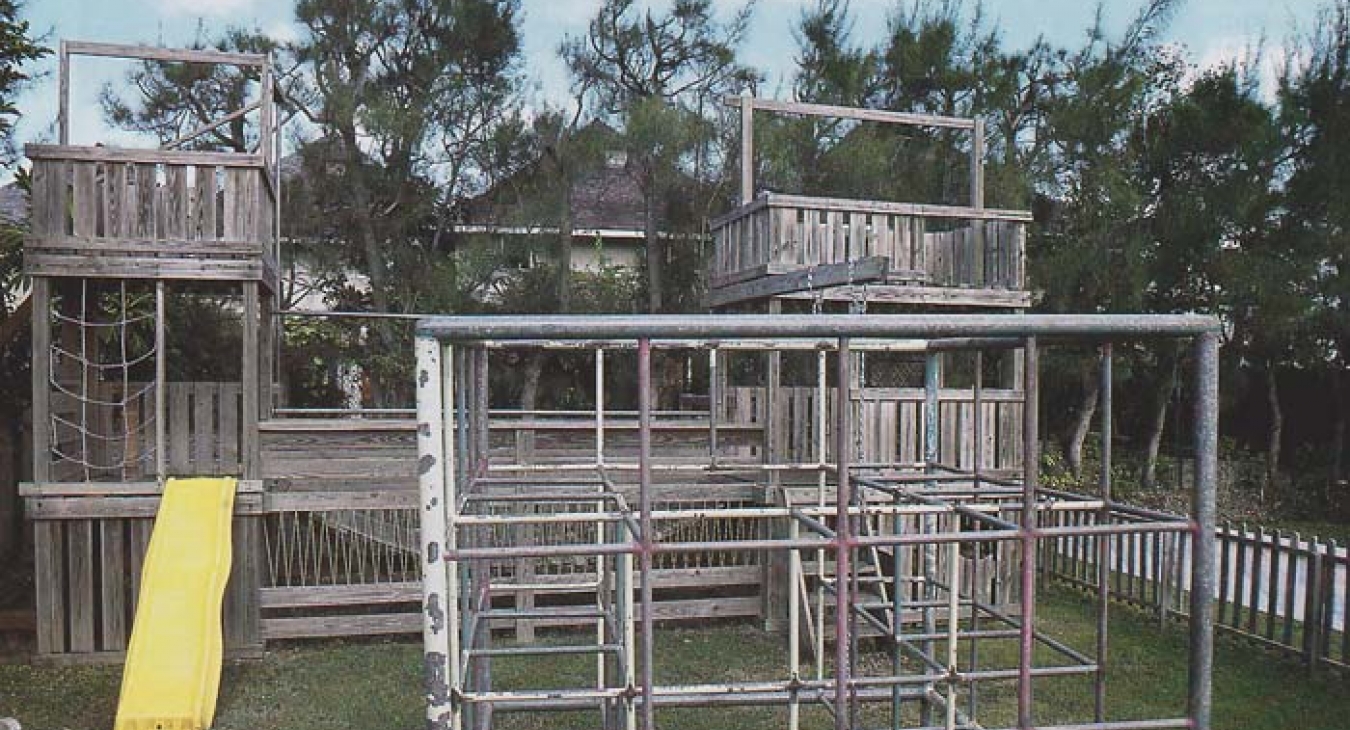

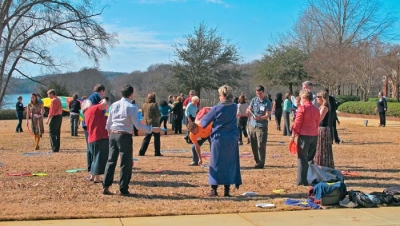
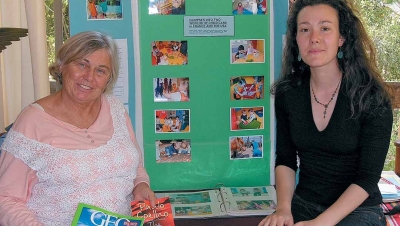



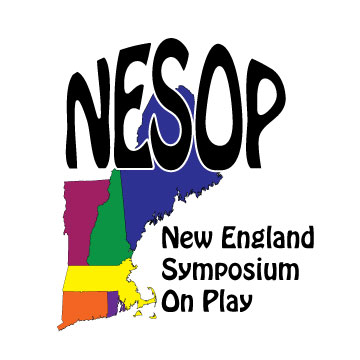
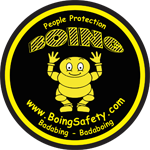

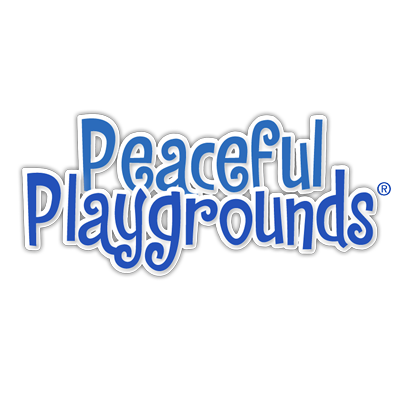
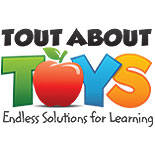


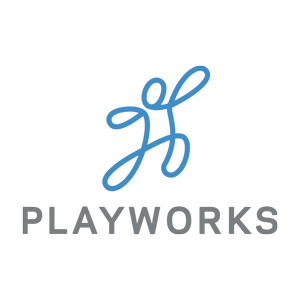

Add new comment